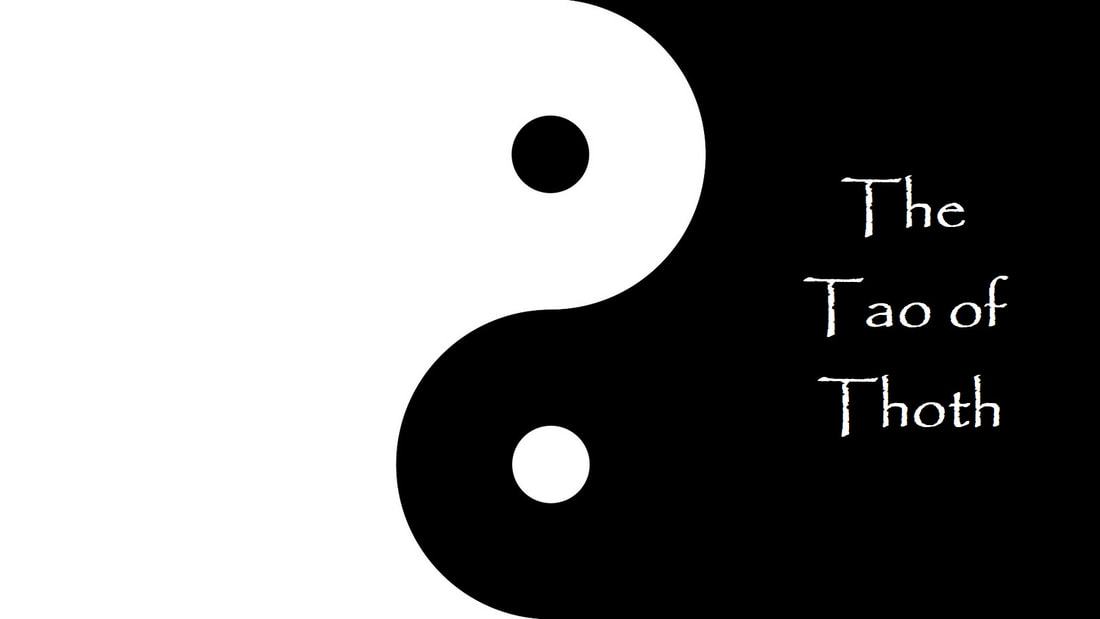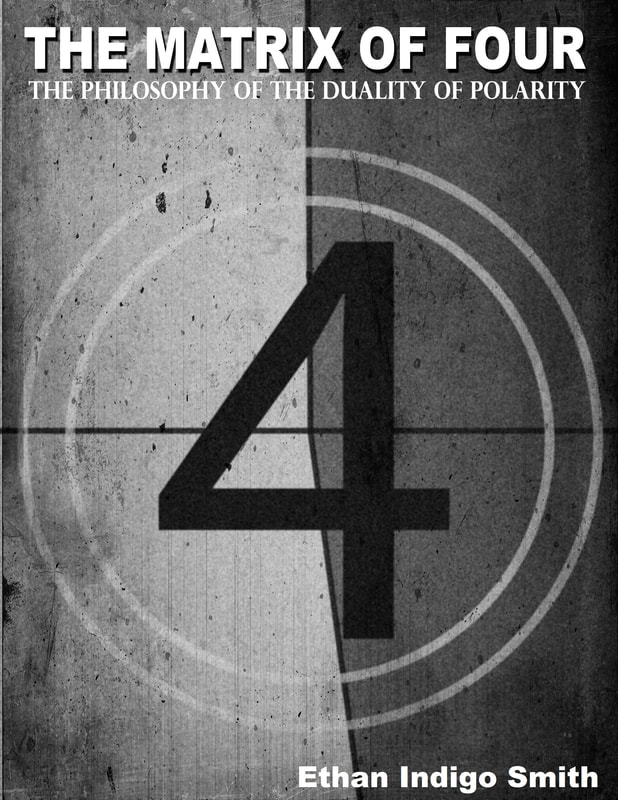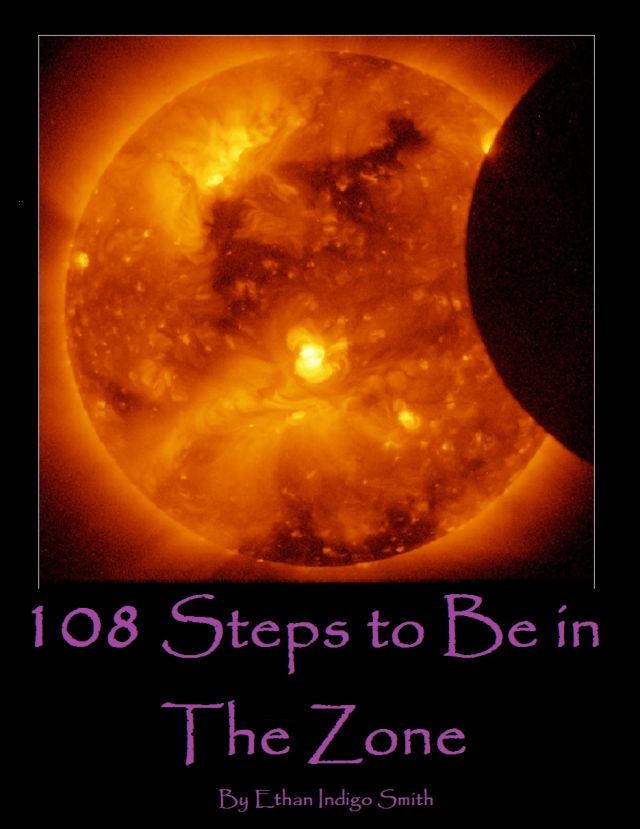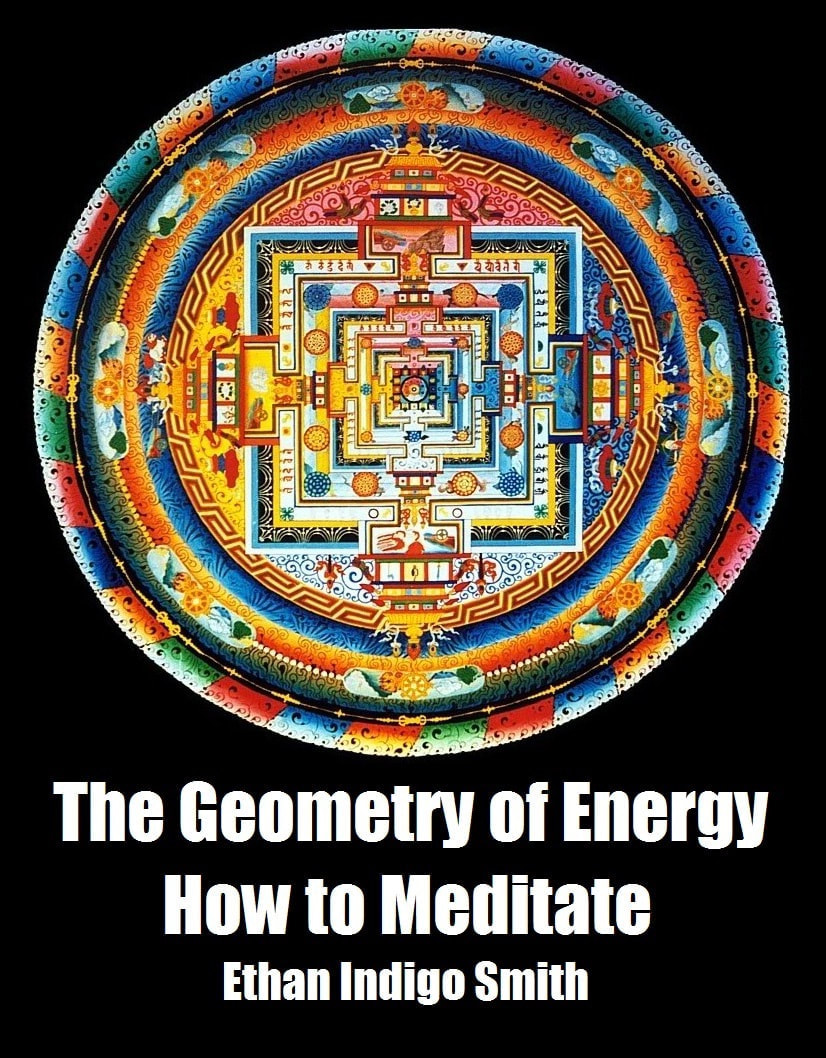The Essence of The Matrix of Four
By Ethan Indigo Smith

The Matrix of Four is frequently and obviously at the basis of innumerable philosophical systems, and it is nearly as frequently covertly so. The Matrix of Four forms principal basis for so many philosophical and metaphysical systems that to understand it and its corresponding lessons is to better comprehend tremendously diverse subjects and objects including the mystery of our very own consciousness.
In fact, the number of philosophical systems of which The Matrix of Four is a principal idea or outright basis, is so overwhelming that much like air being everywhere its true significance is often overlooked and unseen. The stunning amount and the nature of the corresponding lessons that The Matrix of Four reveals are indeed so provocative that the totality of it as an idea unto itself is often left unfastened among all the other individual and diverse applications.
The main lesson of The Matrix of Four as a whole pertains to consciousness and the internal art that is the refinement and development of our consciousness. The Matrix of Four represents the transformational alchemy of dull leaden thought refined into golden enlightened mindfulness. If there is a metaphysical philosopher’s stone The Matrix of Four may very well be it. Four itself, by way of The Duality of Polarity, ends up being the simplest form of completion, presenting the totality most simply. There is the positive and negative Thesis and Antithesis, and there is the Synthesis between the two, and there is the mostly unmentioned, unlimited alternative, the neither; The Nullisis.
This set of four is mathematically and philosophically sound format to begin to perceive subjects and objects. The Matrix of Four is not the only way to perceive and often not necessarily the best way, but it is a foundational secure way to impartially find solutions to problems and perhaps the most refined and simplest way to begin to comprehend situations and observations.
The Duality of Polarity was once a secured and steadfast held philosophy though it had a different name, perhaps many different names. Catuskoti is the four cornered philosophy, known as an ‘indivisible quarternity’ and a ‘suite of four discrete functions’ from Indian Vedic and Buddhist schools. The Catuskoti directly led to The Four Extremes of Buddhism: Being, Non-Being, Both Being and Non-Being, and Neither Being nor Non-Being. Catuskoti is also known as Tetralemma, a fourfold system of possibility presentation.
The quarternity of Catuskoti or Tetralemma reveals our own mode of thinking in first the basis of the thesis and then the contrasts that begin in the Tetralemma format. Tertralemma finds ideas in Thesis, considers contrasts in The Antithesis, finds agreements in The Synthesis, and activates thoughtful engagements in consideration of The Nullisis.
The Matrix of Four, The Tetralemma from out of Catuskoti automatically opens up situational awareness and situational consideration to more refined possibilities. The Tetralemma might have been so thought provoking that it became taboo among monothematic institutions. The idea leads to better decision-making processes, enhanced interpretive capability, the ability to detect information that does not add up, and consciousness to formulate enhanced understandings of cultural, political and spiritual actualities, all toward refinement of consciousness.
The Tetralemma was once popular all across Asia and similar schematics were presented in other modes of thinking including Greek philosophy. The Matrix of Four is so useful of a thought construct it can now be found to be insinuated or dictated nearly everywhere. And it is so powerful yet simple that it has gone unmentioned and frequently sealed away from active consideration. The Matrix of Four is a threat to commands, demands and directives for it inspires consideration of the direct and unlimited alternatives. And the institutions of the world would prefer their directives and their interpretations go unquestioned.
The Tetralemma or The Matrix of Four is indeed so useful and so simple there is practically no other likely reason for its reduction of value as a commonly understood model other than the monothematic insistence of institutions and its threat to their dictates. Institutions would prefer their stories go unchallenged and their narratives obeyed in the most monothematic terms people will tolerate in a given time and place.
It is entirely feasible the institution of monotheism itself is to reinforce the total disregard for alternative thought processes, and of course the alternative inspiring model that is Matrix of Four and the innumerable pertinent thinking models. The more monothematic an institution and institutionalized group the more they cancel out alternatives. Monotheism itself is often enough, at its more basic, formatted so as to cancel alternatives and demand submission to one-way-ism. Monotheism is in fact not the religion of one God, monotheism is more accurately a religion of one way to perceive God, one way to worship God, one way to pronounce the name of God, and so on.
Most religions and practically all religious institutions exist by way of preventing critical thinking and alternative thinking, and further imply that the answer exists outside yourself, in the religious construct. This is not chastise spiritual ideas, but the institutionalization of religion.
The answers are sought externally as it is extoled the answer is externally held. This is the furthest thing from the truth, the ultimate answers are within you. There are lessons which may be offered inside a school or from within books, but the internal embodiment and intuitive knowing is the crucial pursuit and monothematic constructs will not assist the ultimate endeavor of truth and its consideration.
Religion and the religiosity of the state leads to monothematic insistence eliminating free thought, sometimes subtly and other times so overtly that the greatest libraries and greatest collections of knowledge have been incinerated as if just to stop the consideration of alternatives; especially when critical consideration of alternatives have sensible format. This is not necessarily to suggest that the reason monotheists burned libraries and destroyed symbolism and spirituality over the centuries, all over the world, was solely because of The Tetralemma, but rather to say that The Tetralemma reflected the reason those monotheists and monothematic institutionalized would have destroyed such libraries, as purveyors of alternative, nondogmatic, critical thinking.
The Matrix of Four automatically practically insists we consider alternatives direct and indirect. It is so profoundly simple it inspires all sorts of profound questions in its consideration. It is present in numerous philosophies, metaphysical concepts, as well as religious teachings, and allegories, only without the fetters of religious or state institutionalization.
A Thesis
B Antithesis
AB Synthesis
X Nullisis
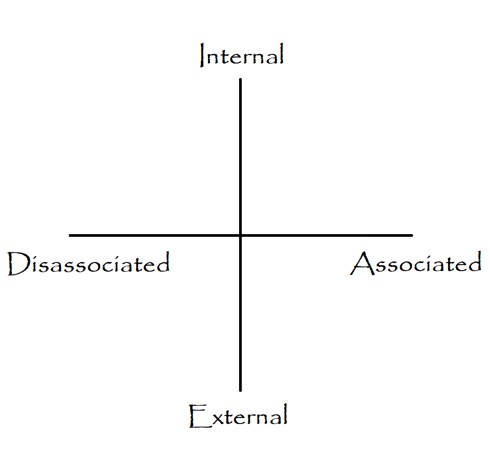
The Matrix of Four also provides opportunity to unite polarities so as to not be caught up always stifled by what is often contrived dualism, but rather find the potentials enhancing clear thinking and eliminating closemindedness. This doublethink predicament of divisiveness resulting from opaque duality is eliminated with The Matrix of Four.
The above cross reference is a useful Duality of Polarity, of many such similar designed concepts, that can enhance our comprehension of situations and conditions and result in refined consciousness. The Internal Associated Duality of Polarity construct is one that reveals The Matrix of Four The Philosophy of The Duality of Polarity as a whole as well.
The Matrix of Four inspires and leads to associated internal consciousness through the correspondence of the mutuality of diverse symbolism of humanity of The Matrix of Four and that they directly and subtly pertaining to consciousness. The Matrix of Four expands universalism and connectivity as a whole while at the same time instigating individuation through spiritual, philosophical and metaphysical relationships towards united humanity, toward associated internalized consciousness. The wisdom progression of the associated internal lessons raise consciousness by engaging our own individual being and by way of increasing our connections with the world as whole.
Disassociated externalized consciousness is reflected in ardent institutionalized zealotry, divisive partisanship, the pursuit for materialistic gains, and the typical functions of the basic, materialistic world without lessons, the pursuits of which degrade us all to a deeper and deeper disassociated externalized consciousness predicament.
The more conscious one becomes the more constant the refinement of associated and internal awareness one has embodied. The less conscious one becomes the more disassociation and external awareness one has embodied. The Matrix of Four The Philosophy of The Duality of Polarity inspires enhanced consciousness simply through its consideration and more so through its investigation.
About the Author:
Activist, author and Tai Chi teacher Ethan Indigo Smithwas born on a farm in Maine and lived in Manhattan for a number of years before migrating west to Mendocino, California. Guided by a keen sense of integrity and humanity, Ethan’s work is both deeply connected and extremely insightful, blending philosophy, politics, activism, spirituality, meditation and a unique sense of humour.
Ethan’s publications include:
- The Geometry of Energy: How to Meditate, explores meditation and meditative energies through the four dimensions of geometry.
- The Complete Patriot’s Guide to Oligarchical Collectivism, an insightful exploration of history, philosophy and contemporary politics.
- Tibetan Fusion a book of simple meditative practices and movements that can help you access and balance your energy.
- The Little Green Book of Revolution an inspirational book based on ideas of peaceful revolution, historical activism and caring for the Earth like Native Americans.
- The Matrix of Four, The Philosophy of the Duality of Polarity on the subject of the development of individual consciousness.
- 108 Steps to Be in The Zone a set of 108 meditative practices and steps toward self discovery and individual betterment, including techniques to develop balance, transmute sexual energy and better the self.
- Terra-ist Letters, a controversial work that humorously contrasts the very serious issues of global nuclear experimentation promotion and global marijuana prohibition.
For more information, visit Ethan on Facebook.
– Come Like Us on Facebook – Check us out on Instagram –
– Sign Up for our Newsletter –
Subscribe to our New NOW Youtube Channel
&




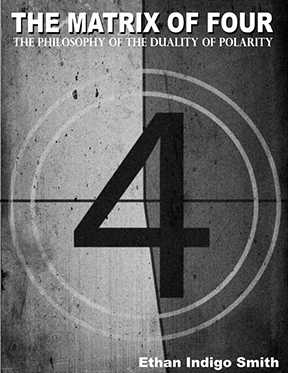
 geometryofenergy
geometryofenergy